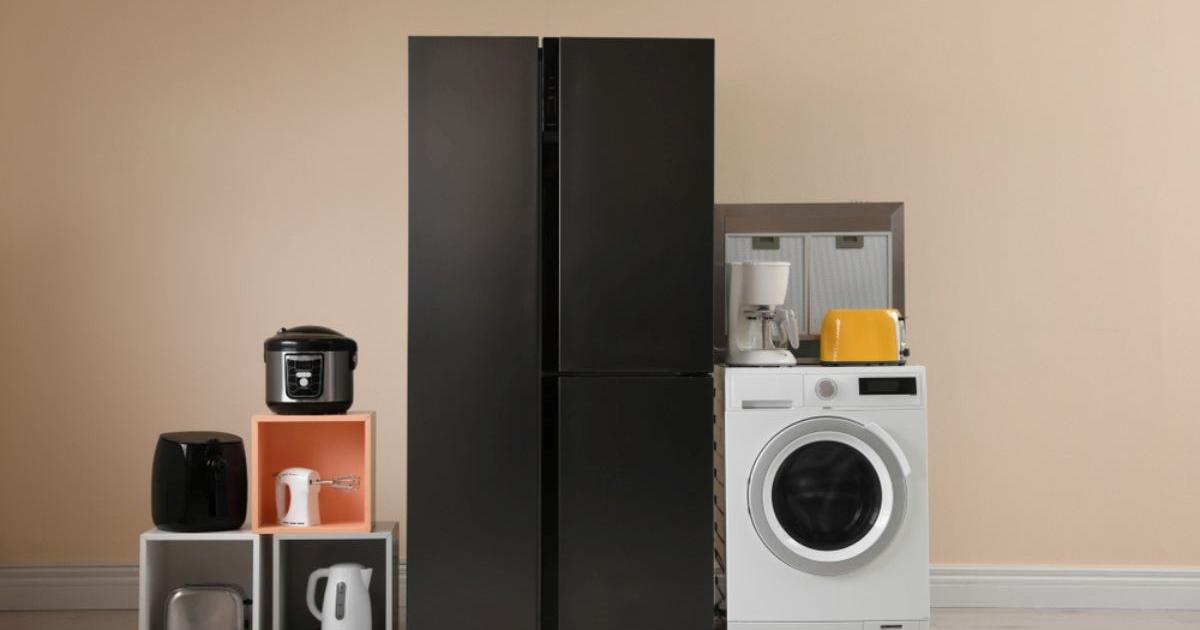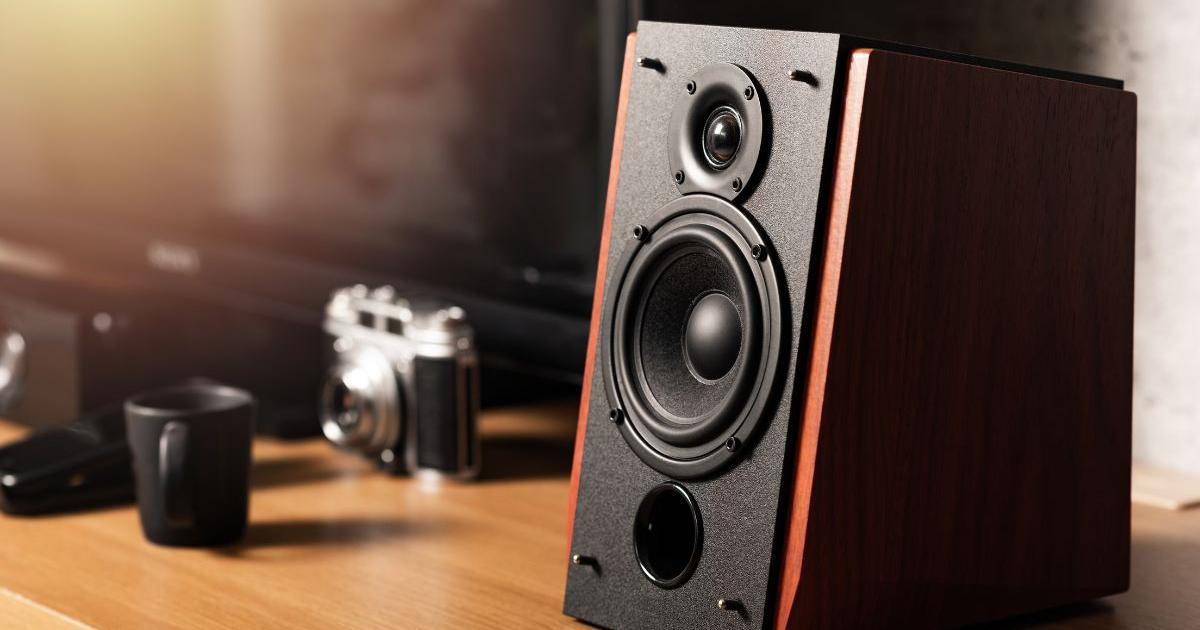Last year it closed with the most expensive electricity bill in history.
According to data from Facua, an average user paid more than 1,538 euros;
an increase of 37.9% over the price of the previous year.
And although it seems that the energy crisis is giving Europeans a little respite, experts are approaching it with caution;
It is not over yet, and household spending on electricity and gas will continue to rise in the coming months.
What to do at the domestic level to control the consumption of gas and electricity?
Technology can be a great ally to achieve this: these are some ways to use smart devices to save energy.
Temperature in winter and in summer
To have a pleasant temperature inside homes in winter, controlling the bill, one of the most interesting alternatives is to replace the thermostat installed at home with a smart one.
These devices, which work connected to the Internet and mobile phones, take habits into account to help make more rational use of heating, maintaining well-being within the home, but reducing consumption between 20 and 40%, according to the different manufacturers.
Models like the Tado V3+, for example, know when everyone in the home has left and turn off the heating automatically;
the same as if it detects an open window.
The Nest Learning Thermostat, for its part, learns about the times and temperatures set at all times so that, after the first week of use, it automatically creates a schedule, always taking into account how long it takes to heat up and cool down the house and the rooms. outdoor weather conditions.
And Netatmo Thermostat sends a report every month indicating how long the boiler has been running, why consumption increased or decreased, the energy that has been saved...
Practically all the models are adaptable to underfloor heating, individual or collective boiler or central heating, among other options (you always have to check the compatibility beforehand on their web pages) and, in addition, they can be complemented with intelligent valves for the radiators: replacing the thermostatic valves of each of them, allow to regulate the temperature (and have the rest of intelligent functions) room by room.
And what happens in summer?
Although the most modern air conditioners already come with integrated Wi-Fi, there are options such as the tado V3+ intelligent climate control.
It uses the same app as the thermostat and its functions are the same.
lights that stay on
So much for climate control.
But the reduction in energy consumption goes beyond the domestic temperature.
That a light stays on when no one is home can be avoided if the bulbs used are smart and can be programmed or turned off remotely.
In addition to the fact that these types of bulbs are LED (and consume up to 75% less energy than the old ones), their intensity is adjustable, so it is possible to better adapt them to each room.
According to manufacturers, this saves up to 40% of electricity.
Available from approximately 10 euros, they are one of the cheapest options to provide some intelligence to the home.
And there are endless options: from the sophisticated Philips Hue, available in different kits for the interior and exterior,
smart plugs
It is also possible to program the operation, remotely control any
non-intelligent
appliance or device and know in detail its energy consumption if connected plugs are used;
a function that helps to be fully aware of what they spend even when they are not being used and remain on
standby
.
When a simple plug is needed, Amazon Smart Plug, Tapo P110 or Meross Smart WiFi Plug with MSS310 energy monitor are very interesting alternatives;
In the case in which it is preferred, there are also power strips such as Hama WLAN power strip with four sockets, which allows the control of the connected devices one by one.
A trick: take advantage of the attendees
Most of the connected devices in the home are compatible with Apple HomeKit, Alexa, Google Assistant... Or, at least, with some of them.
And that means much more than asking the assistant on duty to turn them on, off or perform some management with their voice.
It also implies being able to configure them as part of a smart home ecosystem in which routines or scenarios can be created to cover every need.
For example, a simple “Alexa, see you later”, turn off all the lights in the house, the heating and connect the alarm.
The options are as wide as devices are installed (and connected) in the home.
You can follow
EL PAÍS Tecnología
on
and
or sign up here to receive our
weekly newsletter
.














